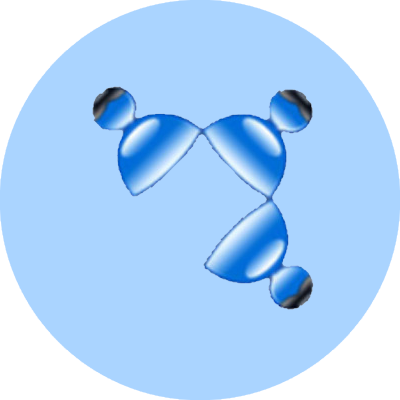


PSYCH 403
ADVANCED PERCEPTION

|
|

|
|

|
|
|
|
• NOTE: this class was previously called PSYCO 365 and will be renumbered to PSYCH 467; read about the history of this course in my blog post The End of Perception
• here’s information on the YorkU Centre for Vision Research vision science summer school
• online resources for coursepack readings:
- Mather (2016): Depth perception (from the old 3rd edition)
- Snowdon et al. (2012): The perception of faces
• textbook/readings errata:
- the meaning of functional architecture in the readings is not the same as the meaning defined in class
- in Stone (2012a) on pages 2 and 3: “optical illusion” should be “visual illusion”
(for further corrections to Stone, see his corrections)
- in Enns (2004) on pages 120, 152, 153, 155 the term “brightness” should be “lightness”
- in Enns (2004) on page 150: “The same circle’s invisibility in Figure 4.17b points to...” should be “in Figure 4.18b...”
- in Palmer (1999b) on page 173, column 1, line 32: “...convolution of an edge operator with an image.*” should include a footnote:
* Technically, the operation described on pages 173 and 174 is the cross correlation of the edge operator and the image, but it is usually referred to as convolution in the computer vision literature (see Nalwa, 1993, p. 66). The convolution is actually the cross correlation of the image with the reflection of the edge operator about its center. Cross-correlation and convolution are therefore identical operations for any symmetric edge operators (e.g., Figures 4.3.1 C, D, and E), but not for asymmetric operators (e.g., Figures 4.3.1 A and B). Convolution is preferred in the computer vision community because of several important mathematical properties, such as commutativity, associativity, and distributivity over addition.
- in Frisby and Stone (2010) on page 156: “Each black mark in 7.1b...” should be “Each white mark in 7.1b...”
- in Frisby and Stone (2010) on page 158: “Various examples of the scientific meaning of of symmetry are shown in 7.6...” should be “Various examples of the scientific meaning of of symmetry are shown in 7.6...”
- in Frisby and Stone (2010) on page 158: “Figure 7.9 shows an example of the kind of random dot computer-generated stimuli...” should be “Figure 7.8 shows an example of...”
- in Frisby and Stone (2010) on page 162: “...the overall outline of the teddy bear, 7.11d, the teddy bear’s eyes and nose, 7.11e, and the teddy bear’s muzzle, 7.11f” should be “...the overall outline of the teddy bear, 7.11f, the teddy bear’s eyes and nose, 7.11e, and the teddy bear’s muzzle, 7.11d”
- in Frisby and Stone (2010) on page 163: “It easy to envisage the AND gate grouping procedure...” should be “It is easy to envisage the AND gate grouping procedure...”
- in Frisby and Stone (2010) on page 164: “...the Vasarely painting, 7.7.” should be “...the image by Frisby, 7.2.”
- in Frisby and Stone (2010) on page 166: “A common strategy in this kind of research is find instances of texture differences..” should be “A common strategy in this kind of research is to find instances of texture differences..”
- in Frisby and Stone (2010) on page 168: “If you look back at the chair example, 7.13, the way Marr’s program brought together edges with similar orientations can be thought of as a instance of...” should be “...can be thought of as an instance of...”
- in Frisby and Stone (2010) on page 171: “So to are the interrupted lines.” should be “So too are the interrupted lines.”
- in Frisby and Stone (2010) on page 172: “bocks world” should be “blocks world”
- in Snowden et al. (2012) on page 300: “We (well, men mainly) also make value judgements about the beauty of faces, or lack or it...” should be “...or lack of it...”
- in Snowden et al. (2012) on page 315: “Those with lots of ‘happy’ in were nearly...” should be “Those with lots of ‘happy’ in them were nearly...”
- in Snowden et al. (2012) on page 316: “The left side of Figure 10.21 shows someone with an ‘angry’ face, while the right side shows them with a ‘happy’ face. The face in the middle is a morphed version that most people think is neither happy nor angry.” should be “The left side of Figure 10.22 shows someone with an ‘angry’ face, while the right side shows them with a ‘happy’ face. The face in the middle is a neutral expression that most people think is neither happy nor angry.”
- in Snowden et al. (2012) on page 316 in the caption of Figure 10.21: “Note that faces 4-6 are ambiguous and were sometimes were put in the happy category...” should be “Note that faces 4-6 are ambiguous and were sometimes were put in the happy category...”
- in Cytowic and Eagleman (2009) on page 212: “These two types of color → grapheme synesthetes...” should be “...grapheme → color synesthetes...”
• check out the learning resources list